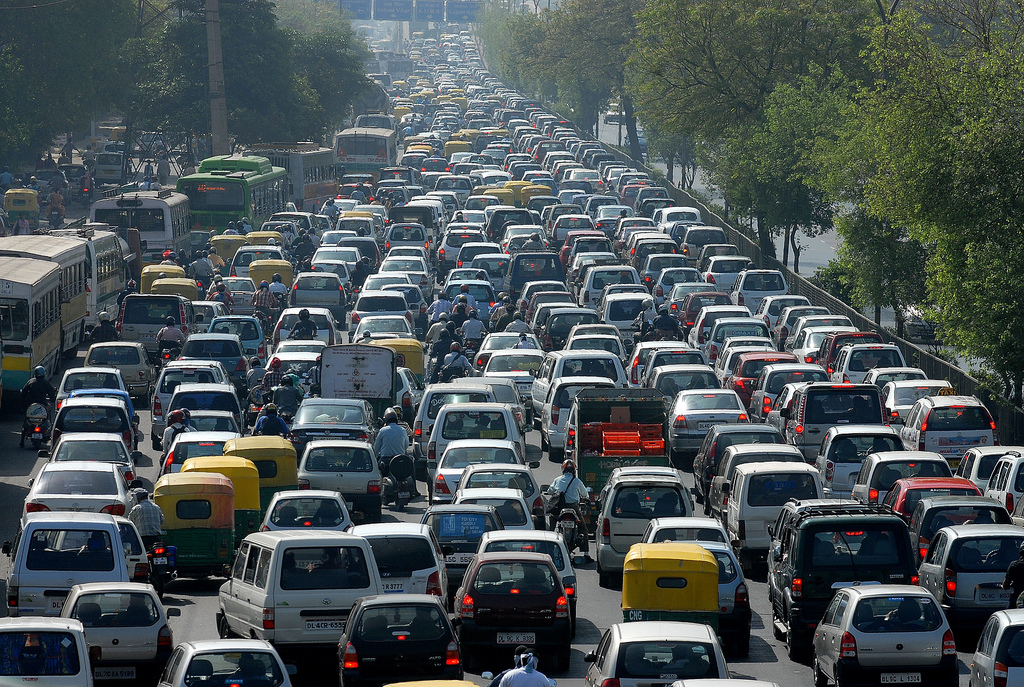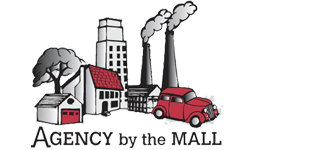The Science of Traffic Jams
Everyone hates traffic jams. How much is there to understand about them? Actually, a lot. There’s a whole science behind it! Mathematicians have discovered some of the root causes, and one of them might be…you! Here’s a glimpse into the complex science of rush hour traffic.

Image courtesy of http://s1.cdn.autoevolution.com
The Problem: Saturation
It may seem obvious, but most traffic jams are caused by oversaturation: the demand for space on the roads is greater than what’s available. Of course, there are other factors that play a role in jams, like weather and road work, but this post will focus on the issue of saturation.
Three Theories
The butterfly effect theory claims that small disturbances, like a driver changing lanes, can create a sequence of events that slows everyone down (think of the butterfly effect in time travel). Other theories build on this claim.
The invisible waves theory claims that an invisible wave of congestion is created when the initial issue forces several rows of cars to stop. Those stopped cars in turn cause others behind them to stop, creating a ripple effect. The jam will not dissipate unless everyone is able to move at the same pace at once.
The tragedy of commons is an economic theory that claims that most jams are caused by opportunity cost. Since a majority of roads are free to use, people use them as much as the like, whenever they like, which causes congestion.
A Closer Look
Imagine this: on a typical, busy highway with traffic traveling at 55 mph, a driver makes a sudden turn into another lane. This forces the cars directly behind him to tap on their brakes to let him in, slowing them down to 50 mph. Consequently, the drivers behind those going 50 mph are forced to slow down to 50 mph. Consequently, the drivers behind those going 50 mph are forced to slow down to 45 mph in order to keep a safe distance. Drivers further back see all of the brake lights coming on and press their own brakes. Eventually, cars several rows back are forced to a crawl. The slowdown, called the “backward traveling wave,” continues backward through traffic, even though the lane change may have happened several minutes prior.

Image courtesy of http://cdn-wac.emirates247.com
Countermeasures
1) Ramp signaling–Traffic signals alert cars when they are allowed to merge with highway traffic, which prevents the highway from becoming saturated too quickly.
2) Bus lanes–Buses, which stop frequently and sometimes unpredictably, would be allocated their own lanes so as not to interfere with free-flowing traffic.
3) Reversible lanes–Certain stretches of a highway can be designated for traffic going in either direction, typically during rush hour.
*information provided by carinsurance.org*



